Think back to the early days of your business and why you were passionate about getting your company off the ground. For most people, helping a particular client base is at the core of what they do. However, over time, it’s easy to lose sight of the most valuable asset you have — your customers. A user-centered approach forces you to put the focus back on the consumer and helps you retain the customers you have while attracting new ones.
Around 75 percent of consumers base their opinion of a company on the website. If your site design is difficult to use or isn’t mobile-friendly, you risk losing customers before they ever make a purchase. Putting the customer at the center of your design ensures you meet the needs of site visitors and make an excellent first, second and ongoing impression.
The only way to make sure your site meets user expectations is by thinking like your typical visitor. Here are some ways you can create a more user-centric approach, with examples of sites doing an excellent job in their user-centered design.
1. Create a Visible Navigation Structure
When someone lands on your website, what do they see? Is it obvious where navigation is and what it does? Are key elements highlighted? Is there a ton of clutter? There are many elements that go into an aesthetically pleasing and useful design.
Before starting your design, create a buyer persona that represents your ideal audience for your website. Put yourself in the shoes of the buyer persona and think about where your eyes might go first when landing on the page and what elements grab your attention. Do you know how to get to what you want at first glance?
The typical user landing on Chewy’s website is looking for products for their pets. With that in mind, the design places navigation categories right at the top of the page. However, they don’t confuse the user by listing every subcategory on their site. Instead, they keep the approach simple. They bold the words “shop by the pet” so you can narrow your choices down to the type of animal you’re shopping for. Navigation is right at the top of the page, so it’s easy to find.
2. Offer Instant Confirmation
Anytime a user interacts with your site, there should be immediate feedback letting them know the site recognized that action. If the user clicks on a link, the new page should load immediately. If they fill out a form, they should receive a confirmation message showing they submitted that form and what response to expect. For example, confirm the message was received, and a reply will arrive in their email box within 24 hours. Be specific and responsive to user actions.
3. Provide Clear Information
When users land on your page, they’re often looking for information. Make details about your products and services accessible for the user to locate. Videos, articles, infographics, and webinars are a digestible format for users. Imagine you’re a shopper and you have a 15-minute break where you pop onto a company website to grab information and place an order. If you only have 15 minutes and it takes 10 minutes to locate the data, you’ll likely bounce away from that site.
One Point Partitions provides videos that highlight their product, how easy it is to install and the ways you can adapt the partitions for different spaces. They also provide details on the different types of products they offer, with the benefits of each one and the most common uses. This allows consumers to learn which option is best for their budget and space. You can even get a free quote with the call-to-action button near the top of the page.
4. Put Mobile First
A few years ago, Google announced they were moving to a mobile-first indexing approach for their search engine. Since the majority of search engine traffic comes from Google, it’s essential to sit up and take notice when Google indicates they’re going to start looking at any usability factor. More and more people have smartphones and access the Internet via their mobile devices, so if your site isn’t mobile friendly, your users will suffer.
Safelite AutoGlass is an obvious choice for a practical mobile-first approach. People looking for someone to come fix their windshield are often away from home and searching on their phones. The brand’s mobile site loads fast, and navigation is intuitive. They get right to the point and ask if you need broken glass fixed with a call to action that’s as simple as “Next.” Everything is optimal for a smaller screen size as well.
5. Test Everything
Imagine you’re the consumer. You land on a site and gather the information you need. You click on “Shop” because you’re ready to make a purchase. The screen changes and you arrive at a “404 Not Found” page. There are few things as frustrating as broken links or nonworking features. Take the time to review every action a user might take on your page and test all links. Make sure any actionable items link where they should go and the target page loads completely.
6. Show Your Unique Value Proposition
Every business has a unique value proposition for customers, such as providing the highest quality products or offering the best customer service. Spend time thinking about what your UVP is and why it matters to your client base. Once you’ve figured out your UVP, communicate it to site visitors. Even though your UVP isn’t directly impactful in terms of usability, it is user-centered because customers care about the value they receive.
The baby clothing store Carter’s shows their UVP right upfront by demonstrating the quality and affordability of their baby clothes and offering discounts and specials. Information on the latest clothing and the best deals is immediately available when you land on the home page. Note how they highlight their “Doorbuster” deals above the fold and show some examples of outfits customers can purchase for five dollars and up.
Gain a Competitive Advantage
Consumers have the option of shopping from more companies than ever before. Focusing on the needs of your target audience gives you an advantage over the competition and keeps your current clients loyal to your brand. People today don’t just appreciate user-centered design, they expect it. Exceed their expectations through research and implementation of user-centered elements.


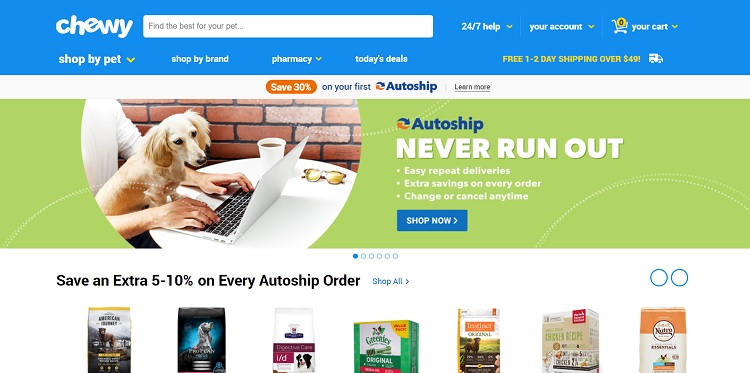
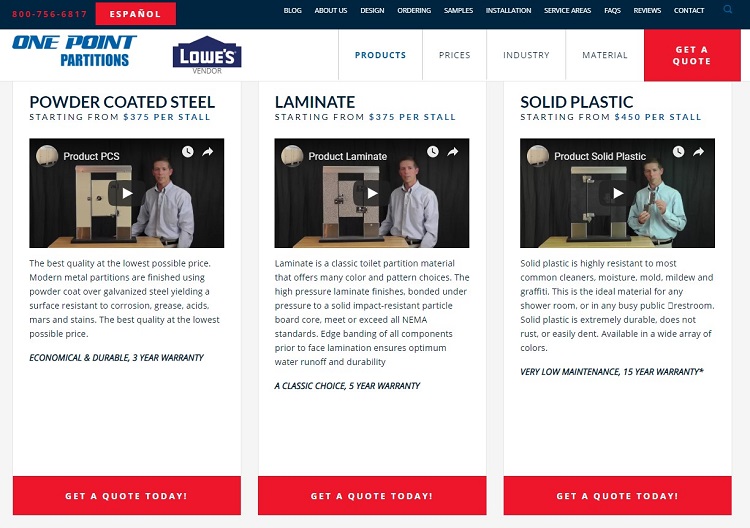
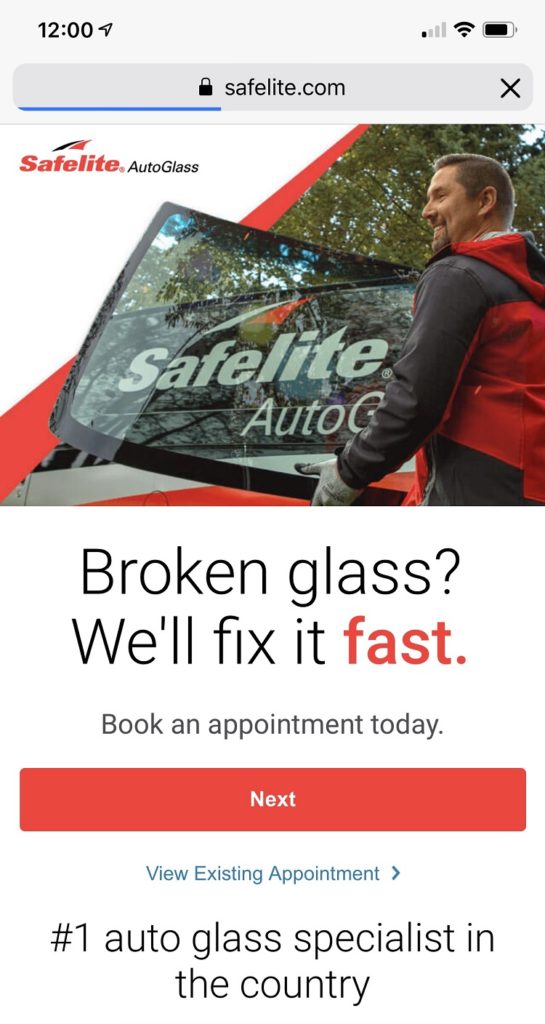
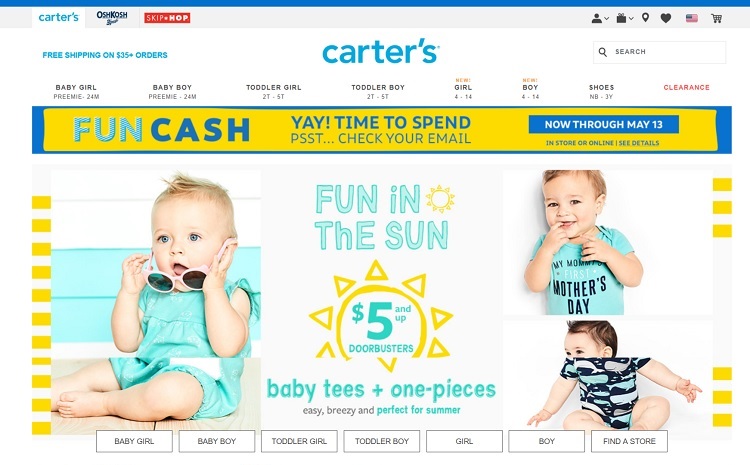
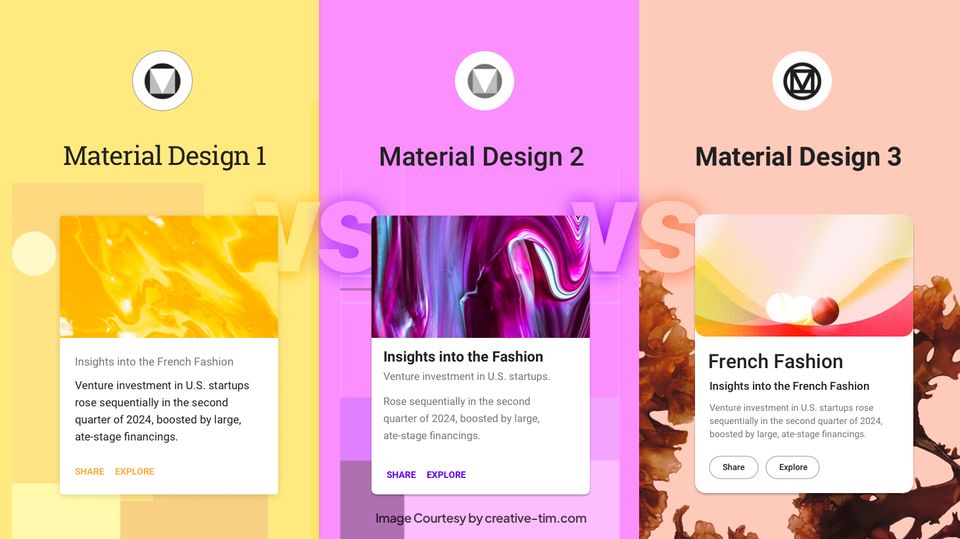
![15+ Top Black Friday & Cyber Monday Deals for Developers and Designers [2023]](/blog/content/images/size/w960/2021/11/black-friday-deals-developers-1.jpg)
